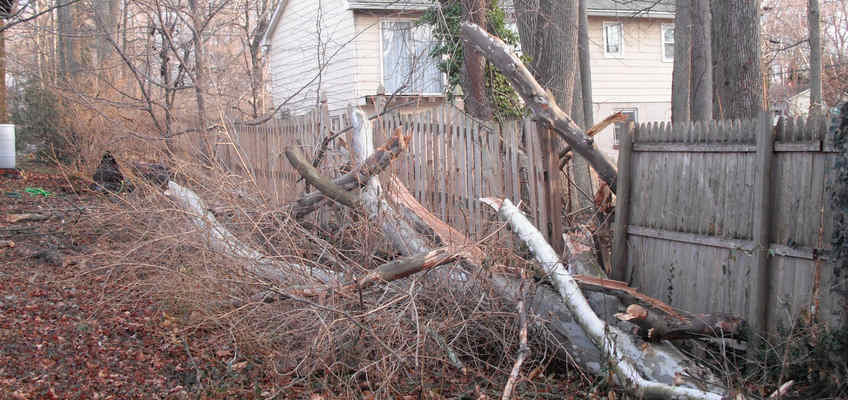
Solving problems with a neighbour’s trees.
Lots of disputes break out between neighbours because of trees. Overhanging branches, tall growths that block sunlight and trees that look like they might damage your property can all cause problems.
How do you get them fixed? The Trees (Disputes Between Neighbours) Act 2006 lays out the legalities. Here’s a summary of what you should do.
First steps
If trees on your neighbour’s property are disturbing you in some way the best course of action is to speak to the neighbour and try to come up with a solution. Often this simple approach will get you the action you want, but there are times when you might have to go a bit further.
For major disputes you could consider speaking to a Community Justice Centre for mediation or the NSW Land and Environment Court for stricter action.
Overhanging branches and intruding roots
If a neighbour’s tree has branches or roots that come over to your property, you’re well within your rights to prune it back to the boundary line, so long as there is no tree preservation order for this type of tree. You can check with the council to see if this is the case.
There are a few things to bear in mind. Your neighbour has no obligation to cut branches that go onto your property, you cannot do anything to wilfully damage the tree (as you will be held legally accountable and may face a large fine) and you cannot cut anything on your neighbour’s side of the fence (unless you are given permission).
Unless you come to a different agreement with your neighbour, anything you cut from the tree still belongs to them so you must return cut branches and roots, making sure not to damage their property in any way when you do so.
Blocking sunlight
If your neighbour has trees or a hedge that block sunlight reaching your home or garden, the process is very similar. The first step is to speak to your neighbour to reach a solution, otherwise you should speak to the NSW Land and Environment Court. For your claim to be taken seriously, the hedge needs to be at least 2.5m tall.
Unwanted leaves
If your neighbour has a tree that loses leaves that blow into your garden, and there are no overhanging branches to blame, your only course of action is to speak to your neighbour.
Unfortunately, there is nothing in place to resolve this kind of issue and it’s highly unlikely that you’ll get a ruling in your favour if you take it further up the chain.
Making an official tree dispute
If you can’t come to terms with your neighbour, then you might want to escalate your concern. This is most likely to be successful if there is a risk to your property or a person.
To take your tree dispute to the next level, you’ll need to make a claim with the NSW Land and Environment Court. Their website has information about the forms you need to fill in, and the fees you’ll need to pay.
You can get an idea of how much it costs to settle tree dispute with your neighbour here.
Coming to an agreement with your neighbour is the easiest and often the cheapest way to solve a problem, but when this can’t be achieved it’s good to know there are other ways to get unwanted trees removed.
Image: “The top third of a neighbor’s dead tree fell onto our yard” by Ken Mayor is licensed under CC BY 2.0





